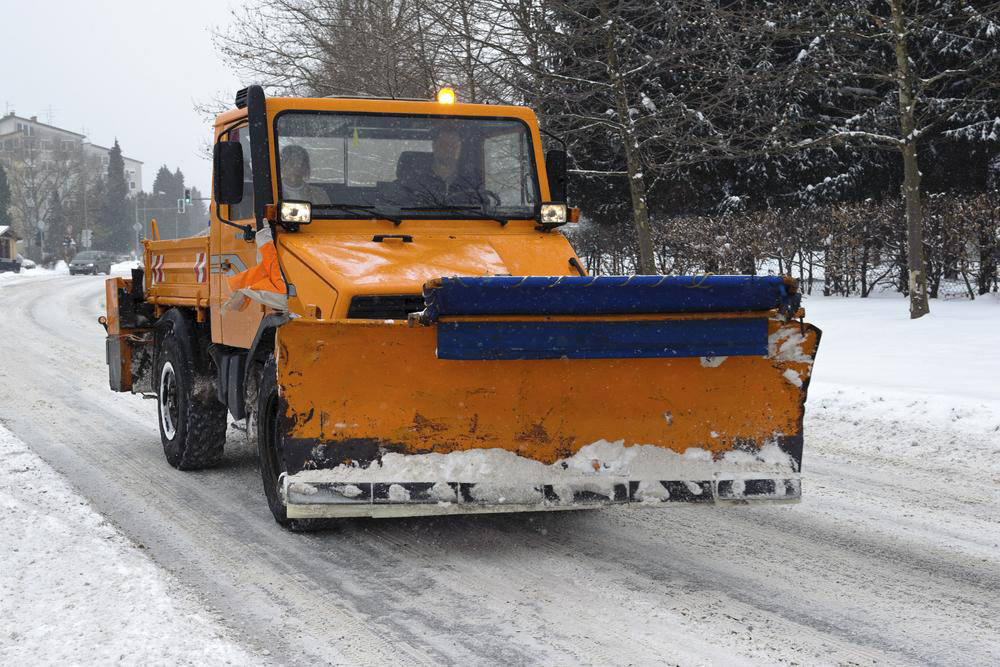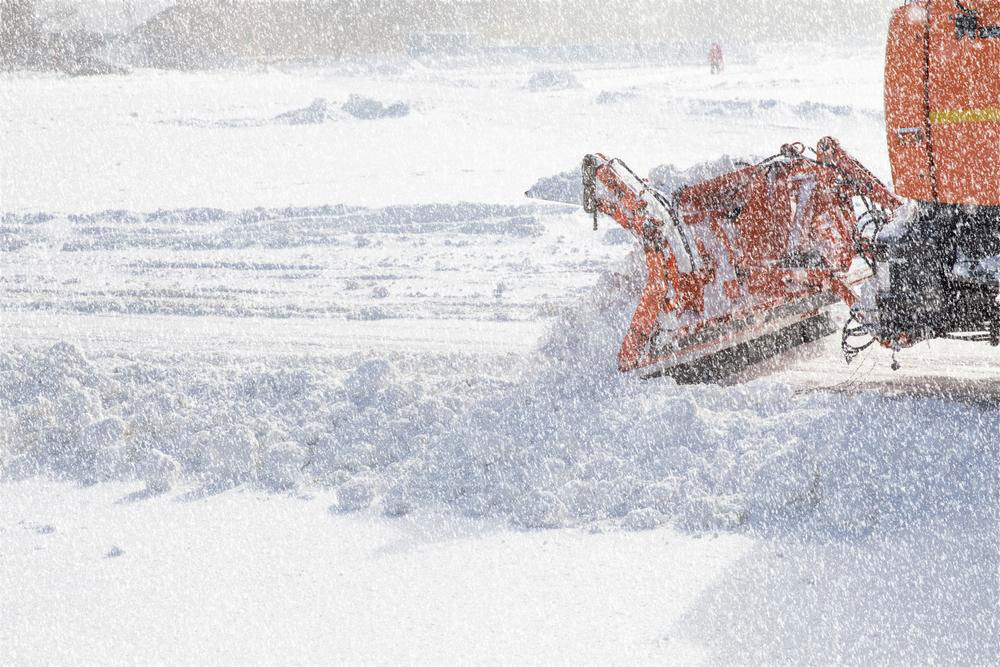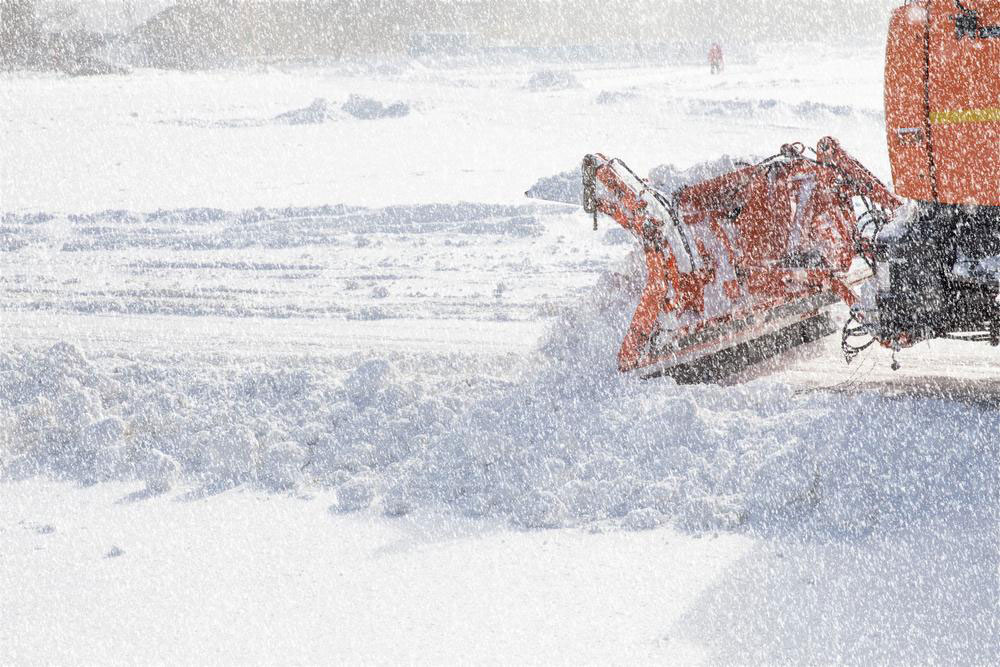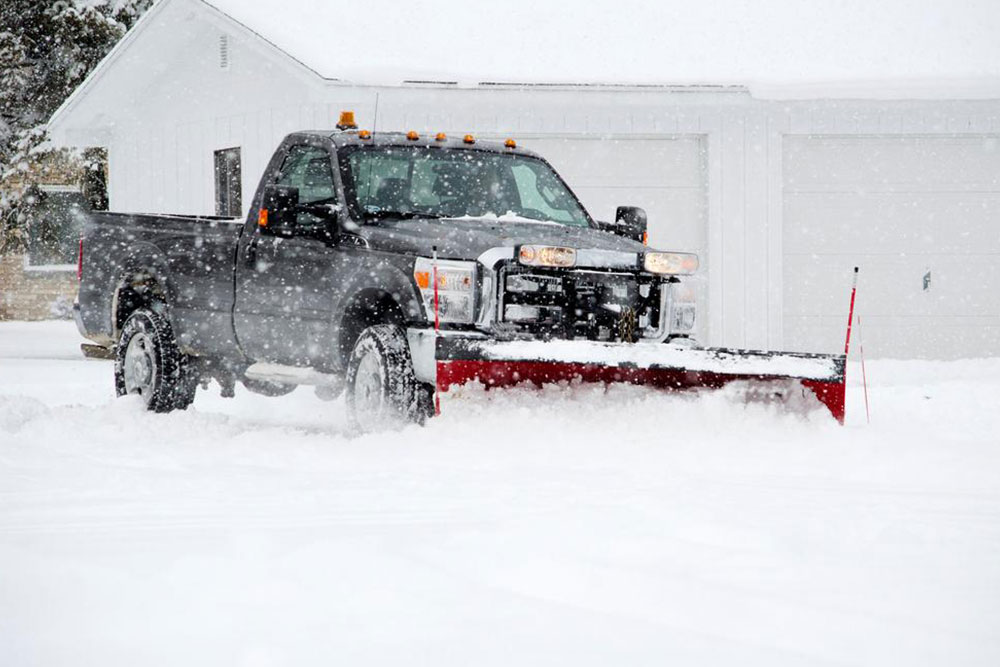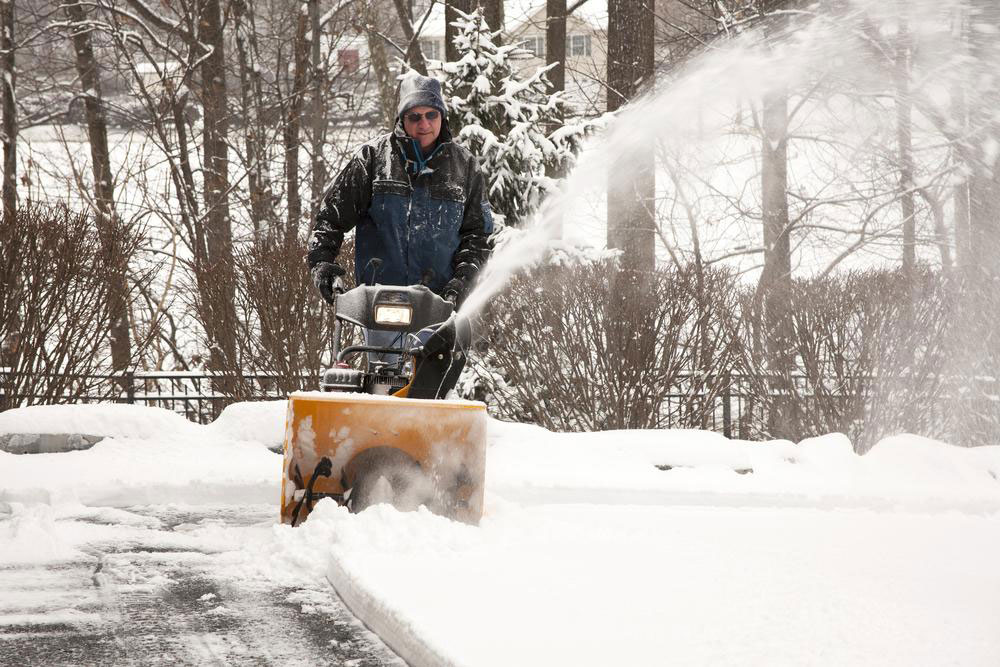Comprehensive Guide to Proper Off-Season Snow Plow Storage for Longevity and Performance
Proper off-season storage of snow plows is essential for maintaining their longevity and ensuring reliable performance next winter. This comprehensive guide covers cleaning, protective coverings, lubrication, hydraulic maintenance, and storage tips to safeguard your equipment. Following these practices can reduce corrosion, mechanical issues, and costly repairs, helping you keep your snow removal tools in optimal condition throughout the year. Proper storage is a smart investment in your equipment's lifespan and efficiency.
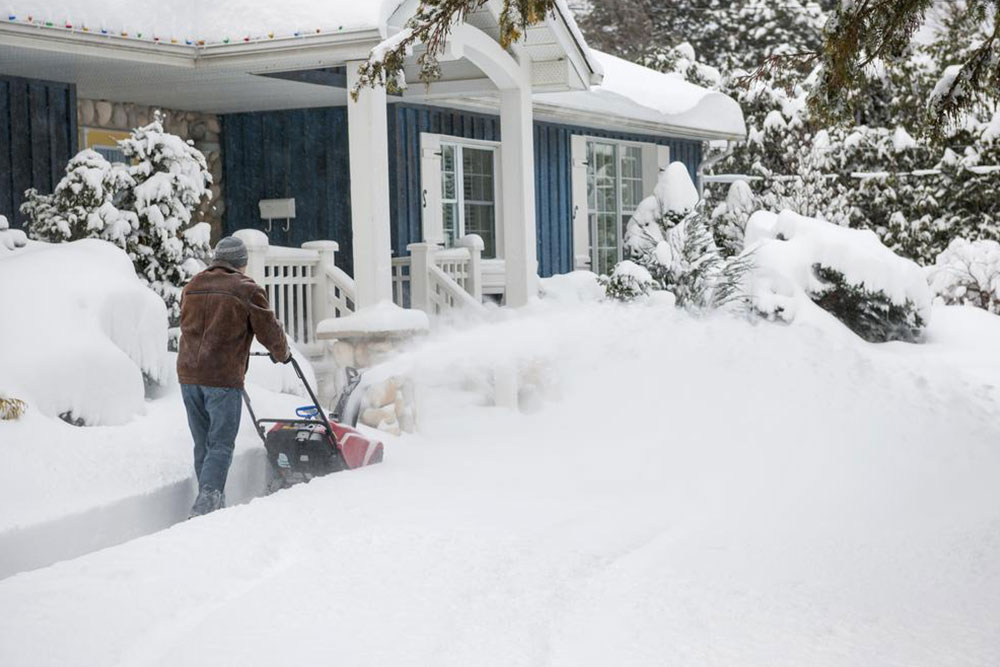
Comprehensive Guide to Proper Off-Season Snow Plow Storage for Longevity and Performance
As the winter snow finally recedes and the snow removal season comes to a close, both professional snow plow operators and homeowners with driveway clearing equipment must prioritize correct storage practices. Proper maintenance and storage are critical to preserving the lifespan and functionality of your snow plow, ensuring it performs efficiently when the next snowfall arrives. This comprehensive guide provides detailed strategies for storing your snow plow correctly during the off-season, helping you avoid costly repairs, corrosion, and operational issues.
Snow plows are substantial investments that require regular upkeep. Neglecting proper storage can lead to rust, mechanical failure, and decreased performance. Conversely, following detailed storage tips ensures your equipment remains in top condition, extending its service life and reducing maintenance costs over time. From cleaning procedures to protective coverings, this guide covers essential practices to safeguard your snow plow during its dormant months.
Importance of Proper Snow Plow Maintenance During Off-Season
Maintaining your snow plow throughout the off-season is as vital as during active snowfall. It not only preserves the condition of the equipment but also guarantees operational reliability for the next winter. Proper storage prevents rust, corrosion, hydraulic leaks, and mechanical wear, which can be expensive and time-consuming to repair. Additionally, well-maintained equipment reduces downtime, ensuring you are ready when the first snowstorm hits.
Essential Tips for Off-Season Storage of Snow Plows
Thorough Cleaning Before Storage: Regardless of whether your snow plow is new or used, always clean it meticulously before putting it away. Removing dirt, salt, and debris prevents corrosion, especially in areas prone to rust, such as the cutting edge and undercarriage. Use a pressure washer or scrub brushes to eliminate stubborn grime. Pay close attention to hydraulic components and moving parts.
Finding a Protected Storage Environment: Do not store your snow plow in direct contact with the ground, which accelerates rust formation. Instead, opt for a sheltered location such as a garage, shed, or a covered area. If outdoor storage is unavoidable, use a high-quality tarp to shield the equipment from moisture, rain, and snow, keeping humidity levels low and preventing corrosion.
Greasing and Lubrication: Adequately lubricate all exposed chrome and metal parts, including lift cylinders, angle cylinders, and pivot points. Apply high-quality grease, and ensure even coverage by compressing the lift cylinders fully to distribute the lubricant uniformly. This process creates a protective barrier against moisture ingress and reduces the risk of freeze-related damage.
Hydraulic System Maintenance: Drain existing hydraulic fluid and replace it with fresh, high-quality hydraulic oil before storing the plow for the season. Old fluid can contain moisture, which promotes corrosion within hydraulic lines and cylinders. Proper hydraulic maintenance helps ensure the system remains in optimal condition and prevents costly repairs when the equipment is used again.
Maintaining Spring Tension: Ensure that the trip return springs are properly tensioned. They should be tight enough to hold their shape but not overly compressed. A good rule of thumb is that a business card should pass through the coils easily. Correct tensioning preserves spring performance, ensuring the plow's effective operation upon deployment.
Protective Coatings and Coverings: Consider applying rust inhibitors or protective coatings to vulnerable areas. Use a durable tarp or custom cover that provides ventilation to prevent moisture buildup while shielding the equipment from environmental elements. Periodically check and adjust coverings to prevent damage during storage.
Additional Maintenance Practices for Off-Season Storage
To maximize your snow plow's lifespan, consider additional steps such as inspecting for any existing damage or rust spots before storage and addressing them immediately. Lubricate all moving parts thoroughly, including hinges and pivot points, to ensure smooth operation when it's time to clear snow again. Store hydraulic fittings in a loosely connected manner to prevent stress on hoses and seals. Also, keep detailed records of maintenance work done, as this facilitates future troubleshooting and ensures consistency in upkeep.
Conclusion: Ensuring Your Snow Plow Is Ready for the Next Winter
Proper off-season storage of your snow plow is a vital aspect of equipment management. It not only protects your investment but also guarantees reliable performance year after year. By following the detailed tips outlined—thorough cleaning, protected storage, proper lubrication, hydraulic maintenance, and vigilant inspection—you can significantly extend the lifespan of your snow removal equipment. Preparing your snow plow for the off-season comprehensively ensures that when winter returns, your machinery is primed and ready to handle the snow effortlessly, minimizing downtime and maintenance costs.
